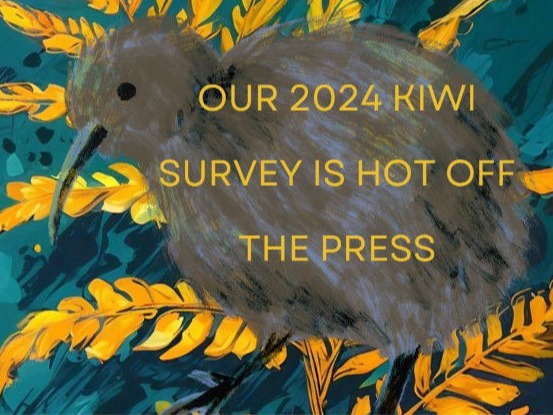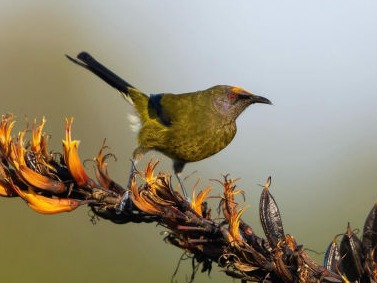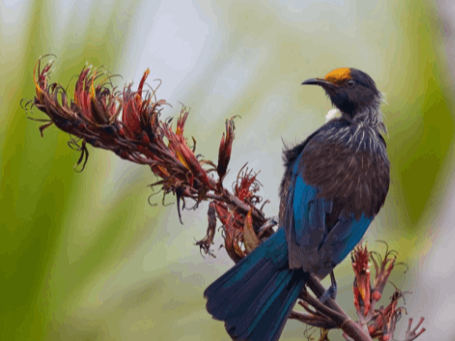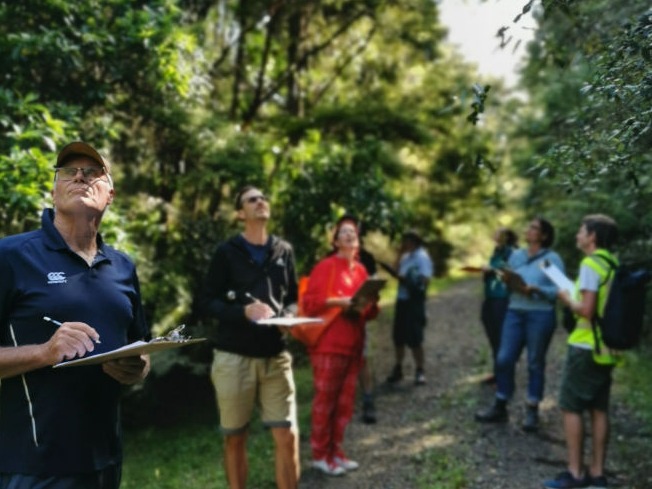It's all about birds
This page covers a range of bird related work we are doing some kiwi survey, school programmes, annual bird monitoring and more

Annual Kiwi monitoring & Survey
For the past several years we have conducted an annual kiwi survey to assess the population growth across the Brynderwyns. visit the page to see how things are going, population maps, review reports, an other interesting news.

Let’s bring back the bellbird to Waipu
Rats, stoats and possums are taking their toll on our native wildlife. By working together to reduce these pests, we can bring the bellbird and other native species back to Waipu village.

Learn the bird calls in our area
We are monitoring a key list of native birds that are important in this area. To learn what they are and what they sounds like visit the link below.

5 Minute Bird Counts
Each year a group of trained volunteers go out and monitor regular sites to assess bird native populations. We track year on year data so we can assess how each species is thriving.